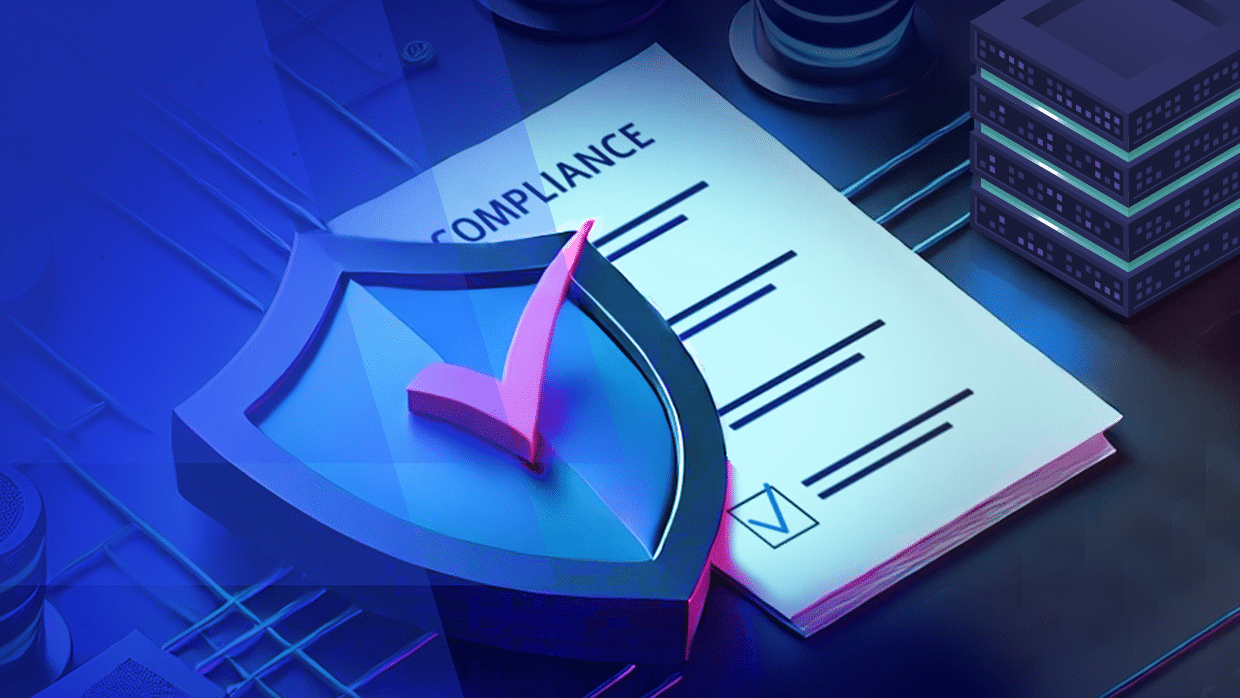A series of relatively recent regulations – the US Securities and Exchange Commission (SEC) rulings, the Digital Operational Resilience Act (DORA) and the NIS 2 Directive – outline stringent compliance requirements. These regulations have been developed to ensure organizations have robust protections in place against the full range of cyber threats – including Distributed Denial-of-Service (DDoS) cyber-attacks.
This blog outlines the key requirements that relate, specifically, to DDoS misconfigurations and vulnerabilities.
1. You Have DDoS Protection Deployed. But Did You Check If It’s Working?
New cybersecurity regulations require you to ascertain whether the DDoS protection solutions that have been deployed, provide the full protection your business needs. Being compliant requires:
- Conducting a preliminary analysis to identify the functionality and limits of services and tools used in DDoS attack simulations. This step is crucial for understanding the current defense mechanisms and identifying initial vulnerabilities.
- Defining and formalizing ongoing DDoS Vulnerability Management This ensures that anti-DDoS tests are carried out consistently and adhere to regulatory standards.
- Replicating the full range of malicious traffic types perpetrated by known threat actors against targets in your industry. For the banking and financial services sector, for example, this includes simulating attacks from groups such as Killnet, NoName057(16), Anonymous Sudan, and Mysterious Team Bangladesh.
- Verifying how multi-layered defense mechanisms work together to mitigate DDoS attacks. Analyze the effectiveness of combined defense layers such as Content Delivery Networks (CDNs), scrubbing centers, on-prem. defenses, and Web Application Firewalls (WAFs).
2. Do You Have an Action Plan in Place?
Effective incident response is a matter of advanced planning and good teamwork, as much as it is a matter of using the right technology. Being compliant requires:
- Developing a detailed plan for executing anti-DDoS testing activities. Include a risk assessment to ensure the testing process is thorough and does not pose undue risks to operational stability.
- Defining the team and specific individuals responsible for the process of anti-DDoS testing. This ensures accountability and effective management of all testing activities.
- Defining risk mitigation measures to reduce the possible impact caused by the execution of DDoS tests, so that testing activities do not disrupt business operations.
- Collaborating with asset owners, who should be involved in selecting the date and time for executing DDoS tests. This coordination helps minimize operational disruption and avoid running tests at critical times.
3. Testing, Testing, Testing…
Testing is always key to establishing DDoS resilience. Being compliant requires:
- Defining testing scenarios and malicious traffic techniques. Specify the types of DDoS attacks to be simulated and the expected outcomes.
- Executing specific test types, e., assessing the robustness of the protection mechanisms by testing a volumetric DDoS attack aimed at the network infrastructure and a targeted attack on the Internet Banking production perimeter (at the very least).
- Developing and sharing a remediation plan with the ICT Governance and Security Governance functions. Outline comprehensively the steps required to address vulnerabilities identified during testing.
4. Track and Report DDoS Vulnerabilities
Cybersecurity regulations require that specific vulnerabilities identified during test execution are tracked and mitigated effectively, by:
- Generating a detailed technical report containing all evidence regarding the identification and mitigation of DDoS events. Provide details regarding the approach followed, findings, observations, and recommendations for improvement.
- Drafting an executive summary of the main findings from the tests and sharing it with the CIO and CISO. Provide high-level insights into the organization’s DDoS protection posture.
- Mitigating the vulnerabilities effectively – first, by integrating them into a tracking platform, and second, by mitigating or patching the most urgent vulnerabilities first.
Need Help with Your Regulatory Compliance Requirements?
MazeBolt provides a DDoS Vulnerability Management solution that prevents damaging DDoS attacks – maintaining business continuity with non-disruptive, continuous DDoS vulnerability testing. MazeBolt RADAR aligns with the clear emphasis in the DORA, SEC and NIS2 requirements on maintaining business continuity while enhancing digital operational resilience.
To learn more about how MazeBolt RADAR helps organizations meet DDoS compliance requirements, read our latest case study.







